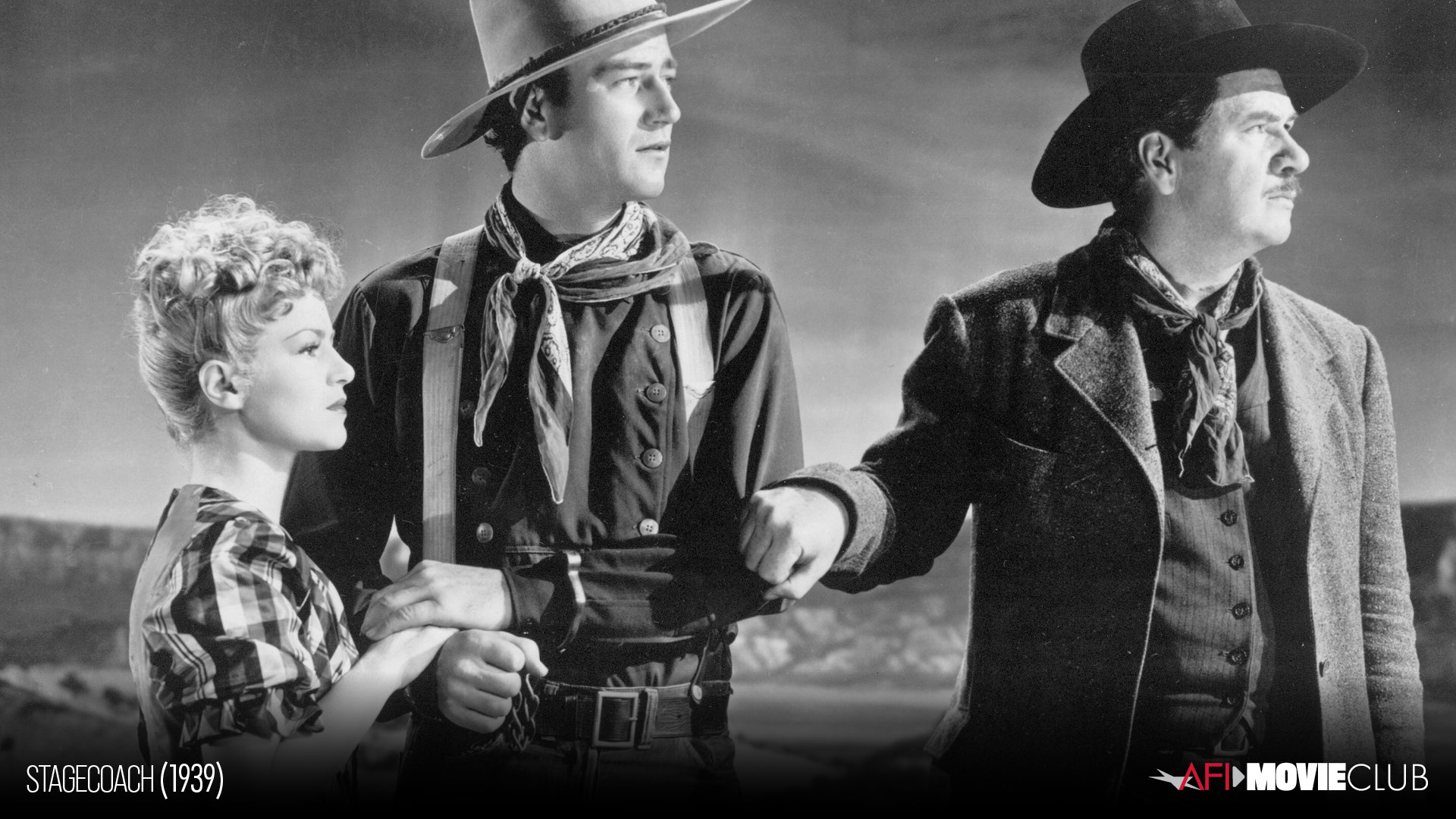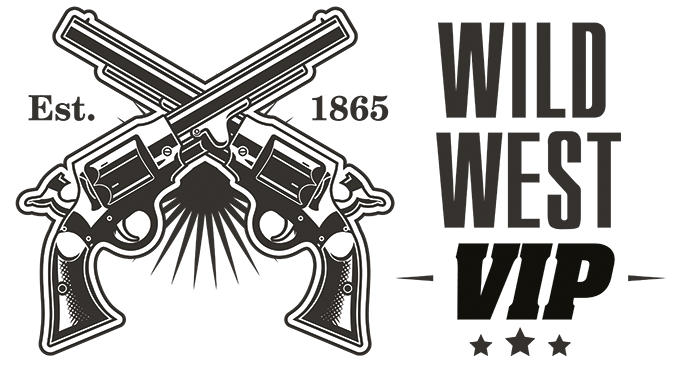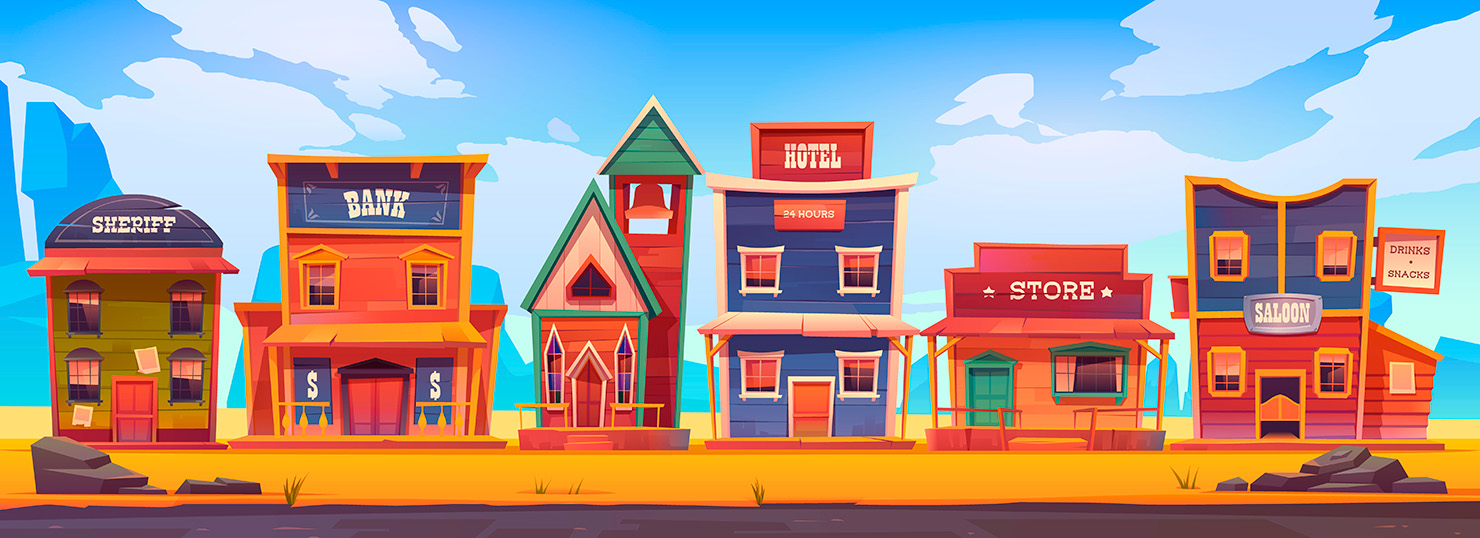
The portrayal of women in Wild West movies has undergone a significant transformation over the years. In the early days of cinema, women were often relegated to the roles of damsels in distress, love interests, or secondary characters. These roles were not only limiting but also perpetuated stereotypes about women’s capabilities and societal roles.
However, as society has evolved, so too has the depiction of women in this genre. Today, women are increasingly portrayed as strong, independent, and capable characters who can hold their own in the rugged landscapes of the Wild West. This shift reflects broader changes in societal attitudes towards gender roles and equality.
The early days: damsels in distress
In the early days of Wild West films, women were often portrayed as damsels in distress who needed to be rescued by the male hero. This portrayal was reflective of the societal norms of the time, where women were seen as delicate and in need of protection. Movies like “Stagecoach” (1939) and “High Noon” (1952) often featured women in these traditional roles, reinforcing the idea that they were secondary to men.
The damsel in distress trope was not only limiting for female characters but also perpetuated harmful stereotypes. It suggested that women were helpless and incapable of taking care of themselves, thereby reinforcing gender inequality.
The transition period: more than just love interests
As the feminist movement gained traction in the 1960s and 1970s, the portrayal of women in Wild West movies began to change. While still often cast as love interests, female characters started to show more agency and independence. Films like “Cat Ballou” (1965) and “True Grit” (1969) featured women who were more than just accessories to the male protagonists.
This transition period was crucial in challenging the established norms and opening the door for more complex female characters. However, it was still a time of experimentation, and the full potential of women in the genre was yet to be realized.
Modern portrayals: empowered heroes
In recent years, the portrayal of women in Wild West movies has taken a significant leap forward. Female characters are now often the heroes of their own stories, displaying courage, intelligence, and skill. Movies like “Meek’s Cutoff” (2010) and the remake of “True Grit” (2010) showcase women as capable and resourceful individuals who can navigate the challenges of the Wild West.
This shift towards empowered female characters not only provides more diverse storytelling but also helps to challenge and dismantle traditional gender roles. It reflects a more progressive society that values equality and representation.
A list of notable films
To understand the evolution of women’s roles in Wild West movies, here is a list of notable films across different eras:
- “Stagecoach” (1939) – Traditional damsel in distress
- “High Noon” (1952) – Love interest with limited agency
- “Cat Ballou” (1965) – Transition to a more independent role
- “True Grit” (1969) – Early signs of empowerment
- “Meek’s Cutoff” (2010) – Fully empowered female lead
- “True Grit” (2010) – Remake with a strong female protagonist
The impact on society
The changing portrayal of women in Wild West movies has had a broader impact on society. It has helped to challenge traditional gender roles and stereotypes, contributing to the ongoing conversation about gender equality. As more diverse and empowered female characters appear on screen, they serve as role models for women and girls, encouraging them to pursue their own paths and ambitions.
Moreover, these changes in film also reflect shifts in societal attitudes. As society becomes more progressive and inclusive, the media we consume should reflect these values, thereby reinforcing positive change.
The road ahead
While significant progress has been made, there is still work to be done to ensure that women are portrayed as fully realized, complex characters in Wild West movies. Filmmakers and audiences alike must continue to push for diversity and representation, not just in terms of gender but also race, sexuality, and other forms of identity.
By continuing to challenge traditional narratives and portrayals, the genre can evolve to be more inclusive and reflective of the diverse world we live in.
Conclusion
The role of women in Wild West movies has come a long way from the days of damsels in distress and secondary characters. Today’s films increasingly feature women as empowered heroes, reflecting broader societal changes towards gender equality. While there is still room for improvement, the progress made is significant and paves the way for even more diverse and inclusive storytelling in the future.

